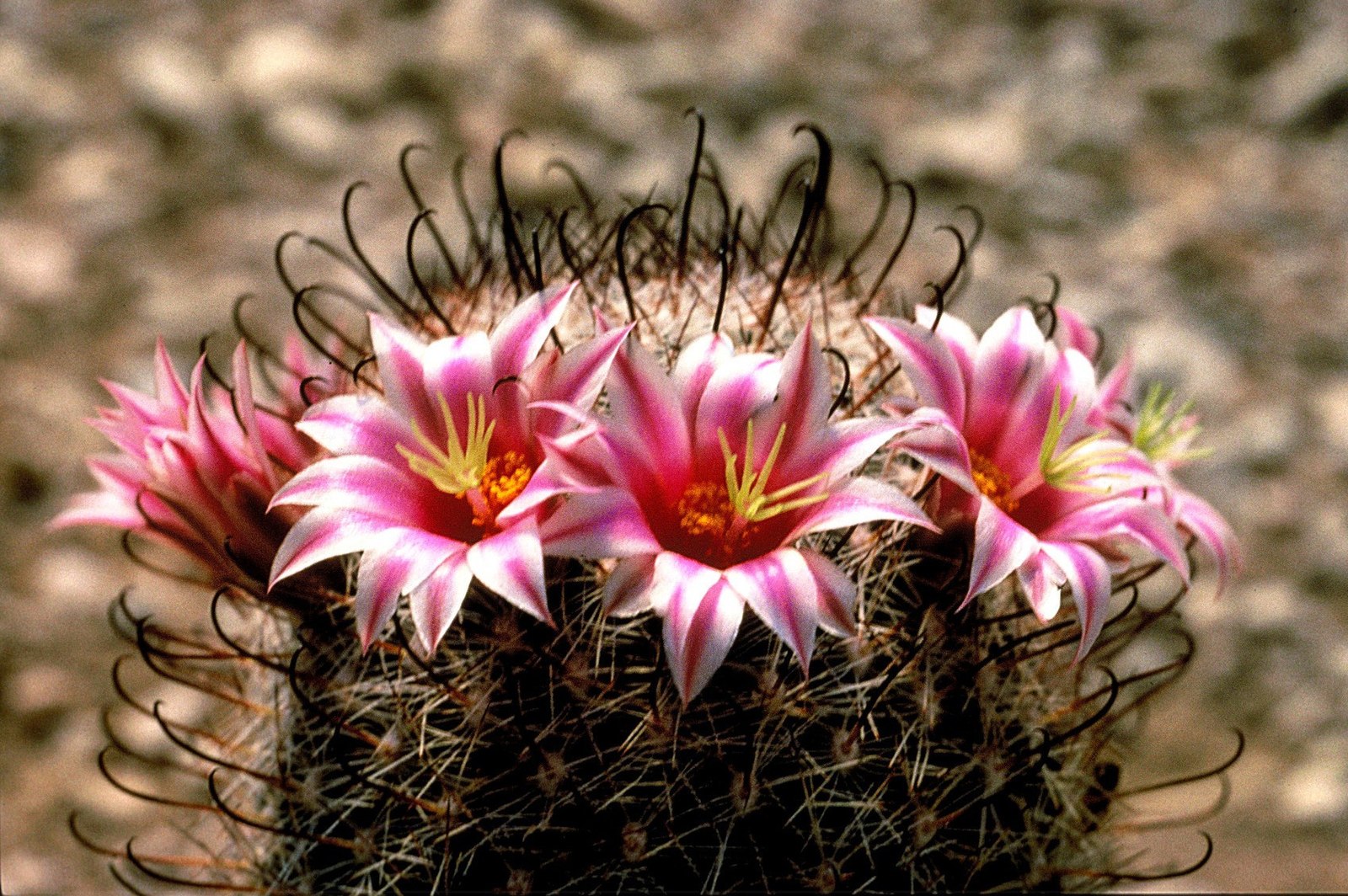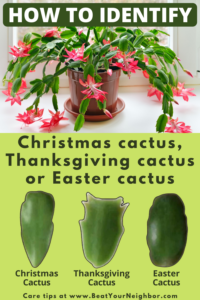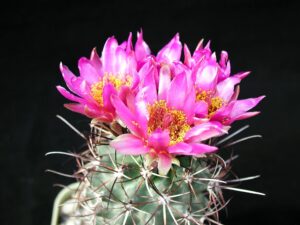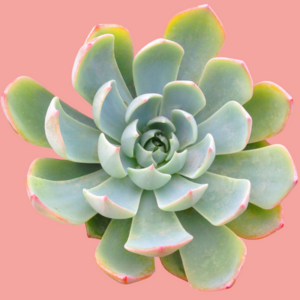When one thinks about cacti, the mind often conjures up images of arid landscapes dotted with spiny green giants. However, many individuals overlook the remarkable floral displays that result from various cactus species. Cacti belong to the family Cactaceae, and while they are primarily recognized for their ability to thrive in extreme conditions, they also exhibit an astonishing array of blooms that can rival traditional flowering plants. This article delves into the enchanting world of cacti that not only survive in harsh environments but also bloom beautifully, offering a rich tapestry of colors and shapes.
Types of Cacti that Flower: An Overview of the Most Stunning Species
In the vast expanse of the cactus family, numerous species blossom into magnificent flowers. These flowering cacti are more than just resilient desert dwellers; they are sources of beauty. Various factors, including climate, soil quality, and sunlight exposure, influence their flowering behavior. Below, we will explore some of the most captivating cacti known for their stunning flowers, enticing any gardener or plant enthusiast to add them to their collection.
Texan Pride: The Fishhook Cactus
The Fishhook cactus (Mammillaria grahamii) is a stunning specimen of the Cactaceae family. Native to the southwestern United States and Mexico, this small cactus species typically grows between 10 to 25 cm tall. Its uniqueness lies in its distinctive hooked spines that resemble fishhooks, serving as an impressive defense mechanism against herbivores.
When it comes to flowering, the Fishhook cactus does not disappoint. In spring, it bursts into a profusion of violet to pink flowers that encircle the crown of the cactus. These blooms generally last several days and attract pollinators, especially bees, due to their fragrant and vivid appearance. For anyone considering adding a flower-bearing cactus to their collection, the Fishhook cactus provides both ornamental value and a sense of satisfaction as it thrives with little maintenance.
The True Icon: The Saguaro Cactus
Perhaps the most emblematic symbol of the American Southwest, the Saguaro cactus (Carnegiea gigantea) deserves special mention. Towering up to 40 feet, this majestic giant is not only a vital part of desert ecosystems but also a sight to behold when it blooms. The Saguaro typically blooms in late spring, producing large, creamy white flowers that open at night and close during the day. The aroma of these floral displays is reminiscent of citrus, drawing in numerous pollinators, particularly bats and bees.
Blooming during the Saguaro’s peak season, these flowers grow upward, making them a spectacular sight against the backdrop of the blue desert sky. After blooming, the flowers develop into fleshy fruits, which are vital for various wildlife species and serve as a traditional food source for Indigenous peoples. Growing a Saguaro cactus requires ample space and the right environmental conditions; however, the reward of witnessing its breathtaking bloom can be profoundly enriching.
Vibrant Blooms: The Christmas Cactus
For those who desire a delightful houseplant, the Christmas cactus (Schlumbergera) shines as a perfect alternative. Unlike typical desert cacti, the Christmas cactus thrives in humid conditions and prefers indirect sunlight. This easy-to-grow ornamental plant produces vibrant flowers in shades of pink, red, and white, typically blooming around the holidays, hence its name.
These beautiful flowers emerge from the ends of the cactus’s flattened stems, creating a stunning contrast against the lush, green foliage. The Christmas cactus is celebrated for its ease of care and vibrant displays. With minimal effort, anyone can cultivate this plant, making it an ideal choice for novice gardeners seeking a flowering cactus to brighten their indoor spaces. Regular watering and a moderately warm environment will encourage blooming, ensuring that the holidays are adorned with the splendor of this enchanting species.
The Jewel of the Desert: The Echinopsis Cactus
The Echinopsis genus boasts some of the most spectacular blooms among cacti. Known for their showy and often enormous flowers, these cacti can produce blossoms that span several inches in diameter. Echinopsis species, particularly Echinopsis oxygona, bloom in an array of colors, including pink, yellow, and white. The flowers often last just a day or two, creating a sense of urgency for enthusiasts to witness their fleeting beauty.
These cacti flourish in well-draining soils with ample sunlight, thriving in desert-like conditions. With proper care, Echinopsis cacti can bloom year after year, rewarding their caretakers with an ever-evolving display of colors. Their radiant blossoms and unique shapes make them a favored choice among cactus collectors, and they serve as a reminder of the unexpected beauty that can emerge from seemingly inhospitable environments.
Conclusion: Cultivating Your Own Cactus Flower Oasis
In a world where plant diversity flourishes, the captivating flowers of cacti offer not only aesthetic pleasure but also resilience and vitality. From the towering Saguaro to the compact Christmas cactus, there is a flowering cactus species suited for every gardener’s preference. These remarkable plants embody the beauty of adaptation, illustrating that even in the harshest conditions, vibrant life can emerge.
When considering the addition of flowering cacti to your green collection, keep in mind the environmental needs, care requirements, and the specific bloom characteristics. Embark on the journey of creating your own cactus flower oasis, and witness the enchanting blooms that will surely add a vibrant touch to your home or garden.





Leave a Comment